Missouri Marketing Resource Blog
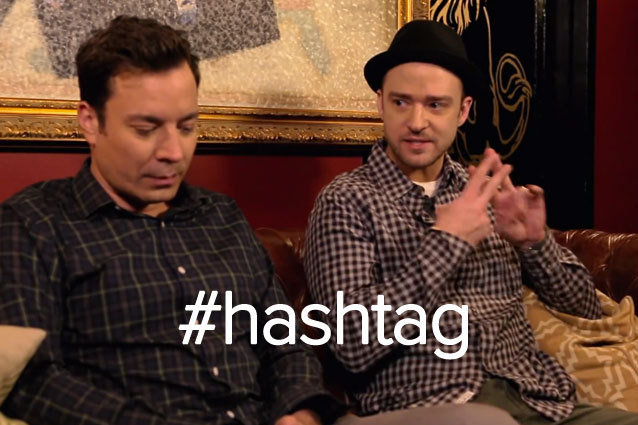
Let's Hash it Out: Are Hashtags Still Relevant in 2018?
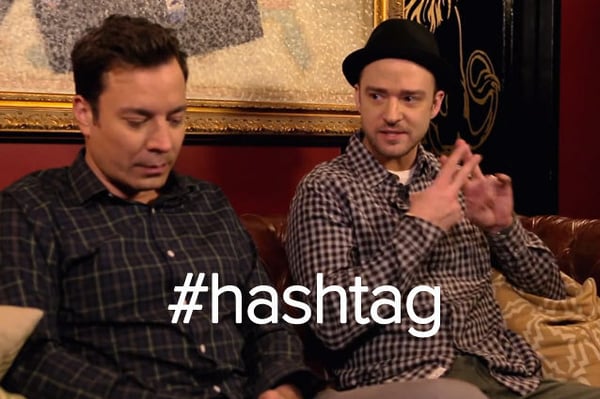
It’s been over a decade since the symbol, #, took off on social media, but hashtags are anything but has-beens. The truth is that they still serve a legitimate purpose in the social world.
These small, yet powerful, symbols are responsible for attracting social followers, reaching targeted audiences, and helping to increase traffic and brand awareness. Also, research consistently proves that hashtags are ideal for boosting overall engagement across various platforms. A recent study revealed that an Instagram post with one hashtag attracts 12.6% more engagement than a hashtag-free post.
It’s clear that hashtags have a meaningful place in the world of social media, but do these little symbols carry the same weight on every platform? Do hashtag best practices differ for Facebook, Instagram, Twitter, and others?
Today, we’re hashing it all out so that your business can get the full potential out of these powerful pound signs.
“How do you feel about using # (pound) for groups, as in #barcamp?”
In 2007, technology evangelist, Chris Messina, likely had no idea that the above tweet would eventually start a world-wide phenomenon. His infamous hashtagging proposal stemmed from his desire to better categorize online messages. The idea, of course, took off and the rest is, obviously, history.
Since then, hashtags have become a staple of the social platform that gave them their start. The below guidelines offer some insight into when and how often businesses should use hashtags on Twitter.
How often: #ALWAYS. Businesses can incorporate hashtags in any of their tweets. They should also strive to tweet multiple times per day. (After all, the lifespan of a tweet is only 15 minutes.)
How to use them: Using hashtags on Twitter will make businesses easily discovered, as well as cause them to appear highly relevant. Hashtags can connect businesses on Twitter with:
1. Timely events. Examples: #MissouriSenateRace2018, #InboundMarketingSummit2018
2. Major trends. Examples: #2018HealthCareChanges, #2019AdvertisingLaws
3. Large-scale (and smaller-scale) conversations. Examples: #MondayMotivation, #DigitalMarketingTips
4. Linkable content. Example: “Check out our blog on the top cars of 2018! (LINK.) #TopCars2018 #CarTips”
5. Branded campaigns. Example: “Have you tried our new burgers yet? #iHOB #InternationalHouseofBurgers”
According to HubSpot, “hashtags are essentially Instagram’s sorting process.” These symbols give Instagram photos the nudge they need to stand out in a sea of 95 million daily posts. (Remember our above stat?) The below guidelines offer some insight into when and how often businesses should use hashtags on “The Gram.”
How often: #ALWAYS. Businesses should incorporate hashtags into all of their posts. According to various studies, businesses should strive to post multiple times per day in relation to their number of followers. Keep in mind: On Instagram, it is more about consistency than frequency. Posting a large number of photos will not typically decrease engagement, but an inconsistent posting strategy will.
There is also no hard-and-fast rule regarding the number of hashtags that should be included in one Instagram post. HubSpot recommends implementing a trial and error period in order to judge which amount is best for impacting reach and engagement.
How to use them: On Instagram, hashtags are connected with eye-catching visual images and should be used:
1. On every post. Simple enough: Use hashtags on each and every Instagram post. This can be done within the photo’s caption, or businesses may choose to “tag” their post with meaningful hashtags by commenting on the post itself.
Instagram hashtags should be highly valued and prioritized since they are responsible for increasing reach, engagement, and overall "discoverability," growing follower bases, and striking up conversations within the social community. Recent algorithm changes on this platform have caused some posts to essentially be “buried” on users’ timelines; but never fear: hashtags are the perfect remedy since users constantly search them.
Your business should develop a meaningful strategy to determine how often you will post on Instagram, as well as which hashtags you will associate with your posts. Your hashtags should be specific enough that they stand out, but broad enough that they will be discovered by users. Also, be sure you are using hashtags for tracking purposes so that you can accurately measure success during your trial and error periods.
Need some specific inspiration? Take a look at the examples below, courtesy of Sprout Social:

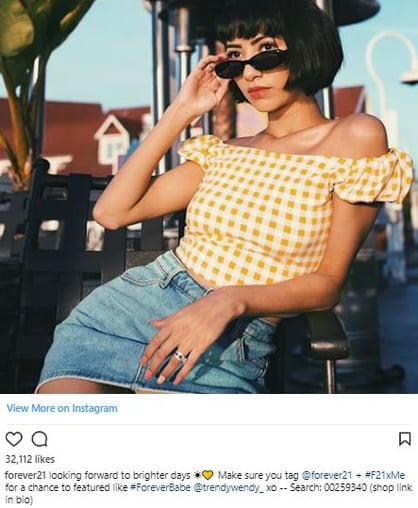
2. In stories. Instagram stories offer additional spaces for businesses to incorporate hashtags. These hashtags are easily discovered and help increase reach and engagement in the same ways as regular Instagram posts.
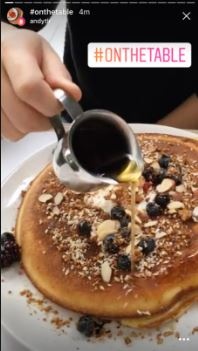
It turns out that hashtags are not as popular on the world’s most popular social media platform. One of the most relevant things to note is that Facebook’s ideal character limit is low, presenting businesses with less room to “pack in” substantial hashtags. Also, since many brands ignore the use of hashtags on Facebook, it tends to look a little “unnatural” in comparison to other posts.
These factors, however, should not dissuade businesses from utilizing hashtags on this social media giant. The below guidelines offer some insight into when and how often businesses should use hashtags on Facebook.
How often: #OCCASIONALLY. Unlike Twitter and Instagram, hashtags are less necessary on Facebook, yet they should still be incorporated into posts when appropriate. Businesses should post on Facebook with great frequency and consistency; however, they should not feel the pressure to use hashtags each time they do.
Using one hashtag within a Facebook post is a safe bet, since this will keep users from being distracted. According to Surepayroll, “Facebook posts with 1-2 hashtags receive 177 more interactions on average per post compared to those with 3-5 hashtags.”
How to use them: Facebook hashtags present the same benefits that Twitter and Instagram hashtags do (increased discoverability and engagement), but with less intensity. Businesses can utilize popular, universal hashtags (such as #MotivationMonday), as well as hashtags that are connected to trending events or topics (like #WorldCup2018).
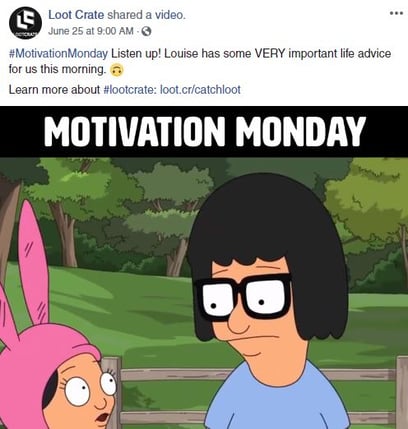
As with Instagram, businesses can incorporate hashtags in:
1. Regular posts
2. Stories
How often: #NEVER. It is worth mentioning that hashtags are not functional on LinkedIn. Be sure your business is not hashtagging anything on this platform, as this could cause you to appear “out of touch” with the world of social media.
While we hate to “pound” this in your head, it is crucial to remember that hashtags still have a place in 2018 social media practices. When determining which hashtags to use, it is important to keep the unique aspects of each social platform in mind. This will limit frustrations and increase the chances of your business’ posts being easily discovered and engaging. Need help executing a successful social strategy, complete with relevant hashtags? Contact us!
*Image Source: hollywood.com

